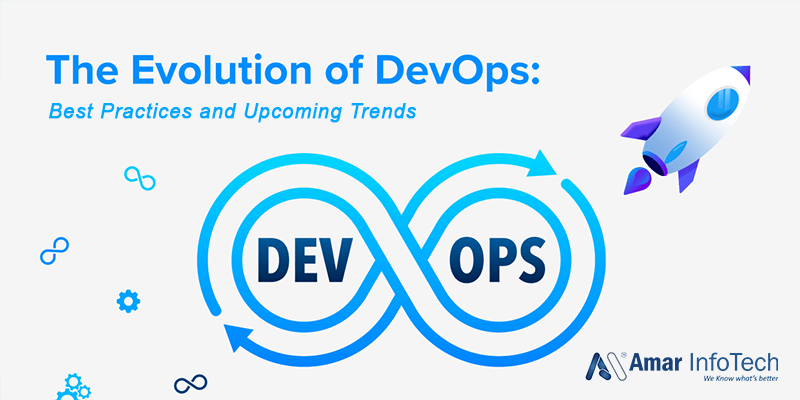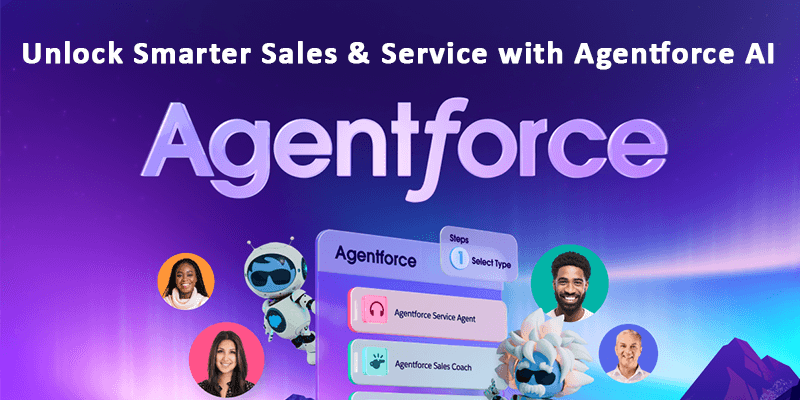Ready for Digital Transformation? Your Vision, Our Expertise - Let’s Build Innovative Software Together!
The Evolution of DevOps: Best Practices and Upcoming Trends
 Blog Tips&trends
Blog Tips&trends
In today’s fast-paced tech landscape, DevOps has become the cornerstone of efficient software delivery and agile development. With businesses across the USA striving to outpace their competitors, DevOps offers a blend of culture, tools, and methodologies that foster collaboration, automation, and continuous improvement.
This blog explores the evolution of DevOps, outlines best practices, and highlights upcoming trends, ensuring relevance to the growing DevOps community in the United States.
The Journey of DevOps
The Early Days
DevOps traces its roots back to the early 2000s when businesses struggled with siloed teams. Development and Operations worked independently, often resulting in delayed product releases and misaligned goals.
The USA, with its booming tech hubs like Silicon Valley, Boston, and Austin, became a pioneer in embracing agile methodologies. This adoption led to the birth of DevOps—a philosophy designed to eliminate silos and improve collaboration.
DevOps Matures
By the mid-2010s, DevOps gained widespread recognition in the USA. Companies like Netflix, Amazon, and Google led the charge, showcasing how automation, continuous integration/continuous delivery (CI/CD), and microservices architecture could transform business outcomes.
Best Practices for Successful DevOps Implementation
1. Embrace a DevOps Culture
In the USA, where remote and hybrid work models are on the rise, fostering a culture of collaboration is vital. DevOps thrives in an environment where teams prioritize open communication, shared goals, and accountability.
2. Adopt Automation
Automation tools like Jenkins, Ansible, and Kubernetes are widely adopted by American enterprises to streamline CI/CD pipelines, reduce manual intervention, and enhance productivity.
3. Prioritize Security (DevSecOps)
Cybersecurity is a top concern in the USA, given the rise in data breaches and stringent regulations like CCPA (California Consumer Privacy Act). Incorporating security practices early in the DevOps pipeline—known as DevSecOps—ensures compliance and safeguards sensitive data.
4. Leverage Cloud Platforms
With the USA being home to cloud giants like AWS, Google Cloud, and Microsoft Azure, businesses can scale operations seamlessly. Utilizing these platforms for DevOps allows flexibility, scalability, and cost-effectiveness.
5. Focus on Monitoring and Feedback
Implementing robust monitoring tools such as Splunk or Datadog ensures real-time insights into system performance, which is crucial for delivering optimal user experiences in competitive U.S. markets.
Upcoming Trends in DevOps
1. AI-Driven DevOps
AI is reshaping DevOps by enabling predictive analytics, anomaly detection, and smarter automation. American startups and enterprises alike are investing in AI-powered tools to gain a competitive edge.
2. Low-Code/No-Code DevOps
As businesses aim to empower non-technical teams, low-code and no-code platforms are becoming integral to DevOps strategies in the USA. These tools accelerate delivery without compromising quality.
3. Edge Computing and IoT Integration
The USA leads in IoT adoption across industries like healthcare, retail, and manufacturing. Integrating DevOps with edge computing ensures real-time processing and deployment closer to the data source.
4. GitOps Adoption
GitOps, an extension of DevOps, focuses on using Git repositories as the single source of truth for system deployments. This trend is gaining traction in the U.S., especially among organizations managing complex Kubernetes environments.
5. Sustainability in DevOps
Sustainability is emerging as a key focus area, with U.S. companies seeking energy-efficient tools and processes to reduce their carbon footprint while optimizing resource utilization.
Why DevOps is Crucial for Businesses in the USA
The United States is home to some of the world’s most competitive markets, where speed, quality, and innovation are non-negotiable. DevOps allows businesses to:
- Deliver faster and more reliable software updates.
- Stay ahead of market demands with agile methodologies.
- Meet regulatory requirements with secure, compliant practices.
- Scale operations effortlessly to support business growth.
Conclusion
The evolution of DevOps has redefined how businesses operate, and its impact continues to grow across industries in the USA. By adopting best practices and staying ahead of emerging trends, organizations can unlock new opportunities, enhance efficiency, and deliver unmatched value to their customers.
As the DevOps landscape continues to evolve, embracing these practices and trends will be key to thriving in the competitive American market.





